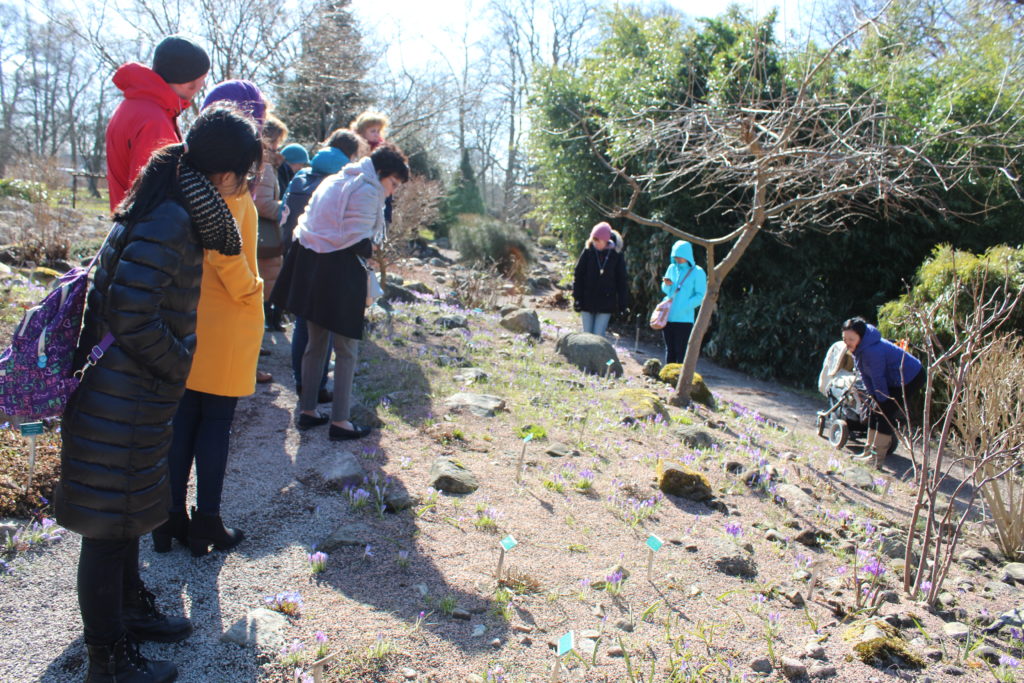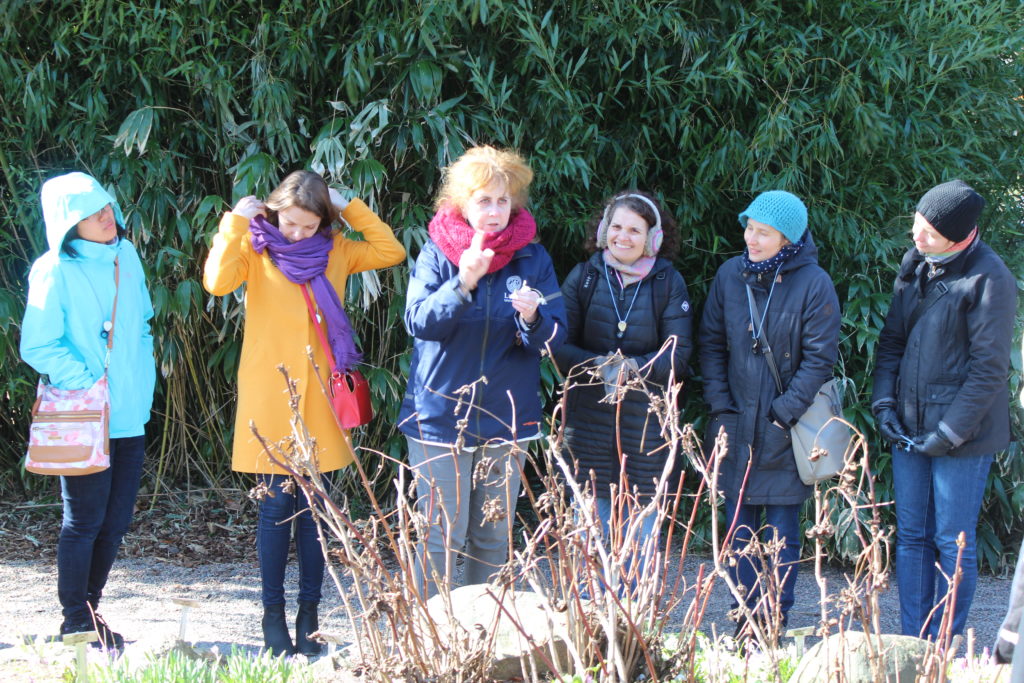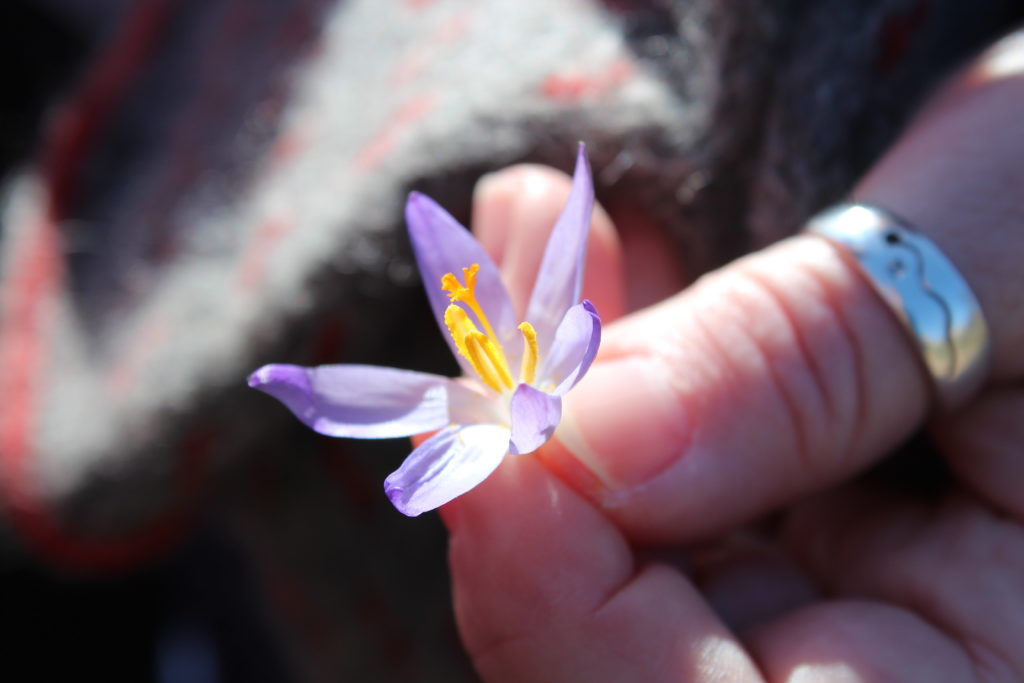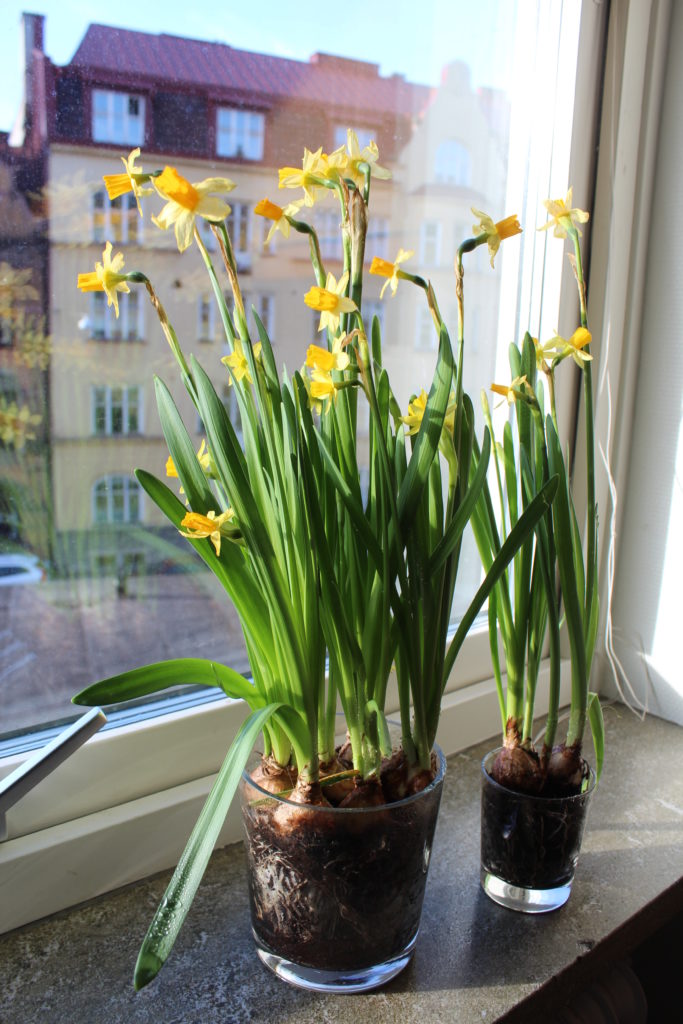 The bitter winter cold seems to have finally past, and the first signs of spring are visible everywhere: tree twigs burgeoning with swollen buds, flirting fowl, the late afternoon sun and the absence of heavy winter coats, caps and gloves — for at least a few of the pedestrians walking the streets of Malmö.
The bitter winter cold seems to have finally past, and the first signs of spring are visible everywhere: tree twigs burgeoning with swollen buds, flirting fowl, the late afternoon sun and the absence of heavy winter coats, caps and gloves — for at least a few of the pedestrians walking the streets of Malmö.
It snowed here on Tuesday, but on Wednesday it was so warm I unzipped my heavy winter coat as I walked home from the library. And then today I was so cold in the wind without my winter hat that I could not wait to get back home and brew a cup of coffee.
It is still cloudy more often then not, but when the sun is shining, warm light pours into our apartment, more than banishing the Nordic winter darkness. The cat sprawls out in the generous sunbeam, waking only to talk about the chirping birds so temptingly perched on the tree just beyond our balcony. It is spring in Sweden.
This morning I celebrated spring by going on a tour of the Botanical Gardens in Lund, a community event hosted by the International Citizens Hub.

Look carefully for some of the first spring flowers, purple crocuses.

These spring crocus flowers have a direct connection to Swedish baking by way of their crocus cousins which provide saffron for lussebullar, those yellow Christmas buns for Santa Lucia day.
I don’t know what I expected this morning. The last botanical garden I remember visiting might have been the Huntington Gardens in Pasadena or the LA Arboretum. So without sounding condescending, I have to say the Lund garden was interesting primarily in its historical context and its pre-season potential. The sun is out, but it seems that southern Sweden is still a long way yet from the lush green days of summer. In this early stage of spring, the botanical garden looked mostly like a barren park with plaques promising plants, a bed of small purple crocuses here, white snow drops there, a rare witch hazel tree in bloom and the first sprouts of rhubarb and nettle pushing their way through the garden dirt.

Not unlike so many other museums and historical cites I have encountered worldwide, the docent made the tour worth every minute of the nippy spring morning hour we spent walking around the garden. As an official Lund University botanist, she made history come alive with details about the garden which is, by the way, older than America. With fascinating details, she brought each tiny flower and budding plant into the greater story of Swedish life. Did you know that nettle soup was traditionally an important spring food, one of the first sources of vitamins and minerals after a winter of potatoes and meat? And the garden café affectionately dubbed the “castle” was once the coal house used to heat the greenhouses before electricity. I’ll wander through a sparse garden in a chilly spring wind any morning to hear those kinds of details. I’ll just take my hat next time.

We have our own indoor spring garden. Our Påsk daffodils bloomed on Easter morning. This picture was taken at almost 6 p.m. The days are already generously long, weeks before midsummer.

Leave a Reply
You must be logged in to post a comment.